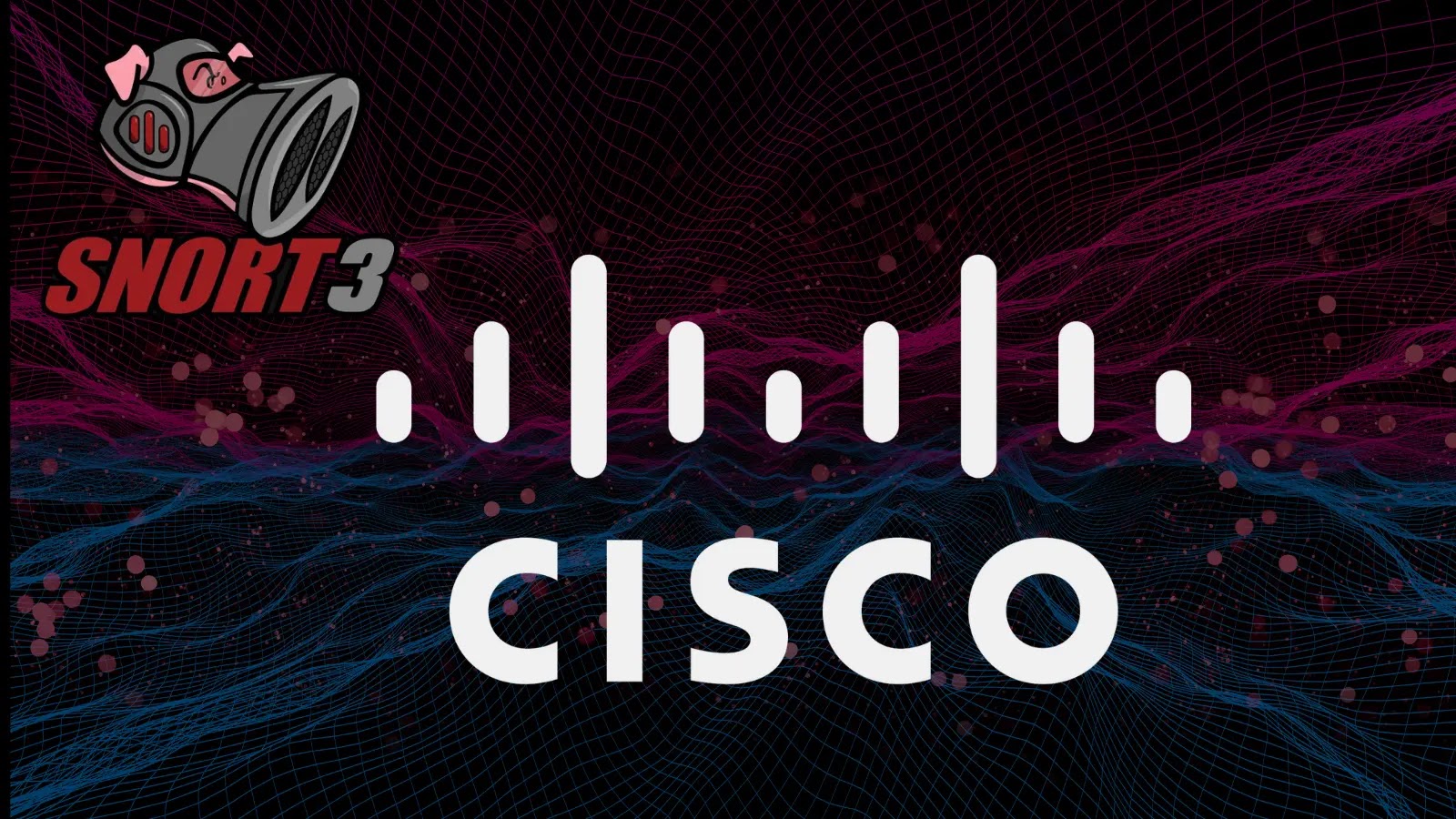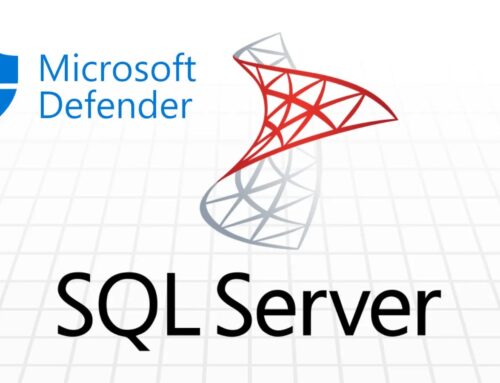
Cisco Secure Firewall Snort 3 Detection Engine Vulnerability Enables DoS Attacks
Urgent Alert: Critical DoS Vulnerability in Cisco Secure Firewall Snort 3 Detection Engine
In the evolving landscape of network security, firewalls stand as the first line of defense. However, even these critical components are not immune to vulnerabilities. A recent disclosure from Cisco has sent ripples through the cybersecurity community, revealing a high-severity flaw in its widely deployed Secure Firewall Threat Defense (FTD) Software. This vulnerability, affecting the Snort 3 Detection Engine, poses a significant risk, enabling unauthenticated attackers to trigger denial-of-service (DoS) conditions.
For organizations relying on Cisco’s robust security infrastructure, understanding the implications of this flaw and implementing timely mitigations is paramount. This post delves into the specifics of this vulnerability, its potential impact, and provides actionable remediation steps to secure your network.
Understanding CVE-2025-20217: The Snort 3 DoS Vulnerability
The vulnerability, identified as CVE-2025-20217, carries a high CVSS score, indicating its potential for severe impact. At its core, this flaw resides within the Snort 3 Detection Engine, a crucial component responsible for real-time traffic analysis and intrusion prevention in Cisco Secure Firewalls. According to Cisco’s disclosure, unauthenticated remote attackers can exploit this vulnerability, meaning no prior access or credentials are required for a successful attack.
The mechanism of exploitation involves sending specially crafted network traffic through the vulnerable Snort 3 engine. This malicious traffic can cause the engine to enter a state where it consumes excessive resources, ultimately leading to a denial-of-service condition for the entire firewall system. Such an attack can disrupt critical network operations, rendering the network perimeter vulnerable and inaccessible.
This is not merely a theoretical threat. A successful DoS attack can halt business operations, impact critical services, and potentially create windows of opportunity for further, more sophisticated attacks as security personnel grapple with the primary outage.
Impact on Cisco Secure Firewall Deployments
The prevalence of Cisco Secure Firewalls in enterprise and data center environments means that a significant number of organizations could be at risk. The Snort 3 Detection Engine is central to the threat detection capabilities of these firewalls. Any compromise to its stability directly undermines the security posture of the entire network.
The core impact of CVE-2025-20217 is a denial-of-service, which can manifest in several ways:
- Network Downtime: The primary consequence is the unavailability of the firewall, leading to network outages for traffic traversing the affected device.
- Reduced Security Efficacy: During a DoS attack, the firewall’s ability to inspect traffic and prevent intrusions is severely hampered or completely disabled, leaving the internal network exposed to other threats.
- Operational Disruption: Businesses reliant on continuous network access for operations, e-commerce, or critical services will face significant disruption and potential financial losses.
- Reputational Damage: For organizations offering public-facing services, an outage due to a preventable vulnerability can severely damage customer trust and brand reputation.
Remediation Actions and Mitigations
Given the critical nature of CVE-2025-20217, immediate action is required for all affected Cisco Secure Firewall Threat Defense (FTD) users. Cisco has already released software updates to address this vulnerability. The primary remediation strategy involves upgrading to the patched versions of the FTD Software.
- Upgrade FTD Software: The most effective solution is to apply the security updates provided by Cisco. Consult Cisco’s official security advisory for CVE-2025-20217 to identify the specific patched versions relevant to your deployment. Prioritize systems that are exposed to the internet or handle critical traffic.
- Stay Informed: Regularly monitor Cisco’s security advisories and announcements for updates related to this and other vulnerabilities.
- Network Segmentation and Access Control: While not a direct fix for the vulnerability, strong network segmentation and granular access controls can limit the attack surface by reducing unwanted exposure of firewall management interfaces or specific network segments.
- Monitor for Anomalies: Implement robust network traffic monitoring and intrusion detection systems (IDS/IPS) to detect unusual traffic patterns that might indicate an attempted DoS attack or exploitation attempt.
Relevant Tools for Detection and Mitigation
Effective cybersecurity relies on a combination of robust systems and vigilant monitoring. Here are some tools that can assist in identifying potential vulnerabilities, monitoring network health, or aiding in incident response:
| Tool Name | Purpose | Link |
|---|---|---|
| Cisco SecureX | Unified security platform for threat visibility, automation, and response. | https://www.cisco.com/c/en/products/security/securex/index.html |
| Splunk Enterprise/SIEM | Security Information and Event Management (SIEM) for log aggregation, analysis, and threat detection. | https://www.splunk.com/en_us/software/splunk-enterprise.html |
| Wireshark | Network protocol analyzer for deep packet inspection and traffic analysis. | https://www.wireshark.org/ |
| Nmap | Network scanner for port discovery and service identification. Useful for assessing exposed services. | https://nmap.org/ |
| Next-Generation IPS/IDS | Beyond the affected Snort 3 engine, a robust IPS/IDS can provide additional layers of defense against a wide array of network attacks. | Vendor specific (e.g., Palo Alto Networks, Fortinet, Check Point) |
Conclusion
The discovery of CVE-2025-20217 in Cisco Secure Firewall Threat Defense software highlights the persistent need for vigilance in cybersecurity. A vulnerability allowing unauthenticated DoS attacks in a critical network device demands immediate attention. Organizations must prioritize applying the necessary patches to protect their networks from disruption and potential exploitation. Proactive vulnerability management, continuous monitoring, and a robust incident response plan are fundamental pillars in maintaining a resilient security posture against such threats.





